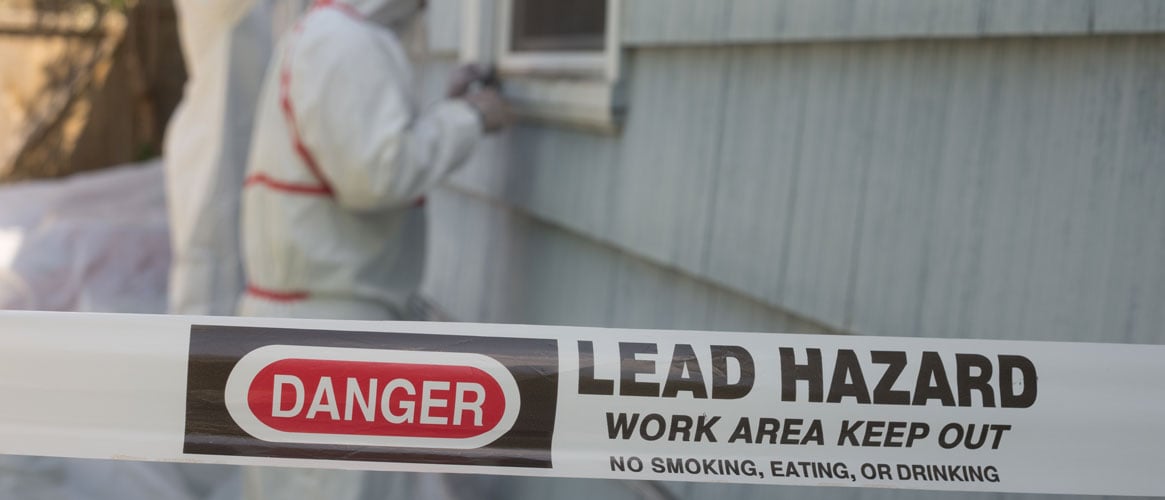If your business is in construction or manufacturing—or any other industry with lead exposure where employee blood samples are required—a new California law affects you. Workplaces with welding, spraying, grinding, pressure blasting, gun firing, and other similar operations where lead dust, mist, or fume is released into the air are included. If your workers breathe in or accidently consume lead particles, they are at risk for blood lead poisoning.
The California Department of Public Health (CDPH) is the agency that gets copies of all occupational blood lead level analyses. In the past, they would contact employers only if the department was concerned about a worker’s blood lead levels. Now, there is a specific benchmark.
New benchmark and response requirements
Under Assembly Bill 35, which took effect in January, when CDPH receives a report showing blood lead levels of 20 micrograms or more, they must report it to Cal/OSHA within five days of receiving the report. Cal/OSHA will consider these reports to be a potentially serious violation, and begin an investigation within three days of receiving the case.
Under this new law, CDPH must establish and maintain an occupational lead poisoning program. This includes:
- An occupational lead poisoning registry to monitor lab reports of adult lead toxicity.
- Following up on reported lead poisoning cases to determine the source of the exposure.
- Conducting investigations in cases where take-home exposure may be occurring.
- Conducting training for employers, employees, and health professionals.
- Making recommendations to prevent lead poisoning.
Employers can take several steps to help minimize their employees’ exposure to lead poisoning, which include the following:
- Provide protective work clothing, gloves and shoes to all employees exposed to lead.
- Use proper engineering controls and personal protective equipment to prevent lead exposure.
- Encourage frequent hand washing and prohibit eating and drinking in work areas to eliminate lead ingestion.
- Clean and regularly test surfaces for lead in work areas, and clean more frequently when lead is found.
- Train the workers in a language understandable to them on lead health hazards and safe handling.
- Provide blood lead level (BLL) testing to all employees with potential for lead exposure to protect their health; don’t depend solely on personal airborne lead level measurements because lead ingestion is also a potential exposure pathway.
For more detailed information on AB 35 and how it impacts you:
